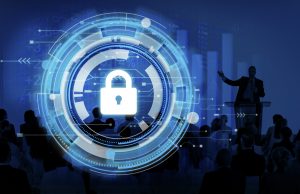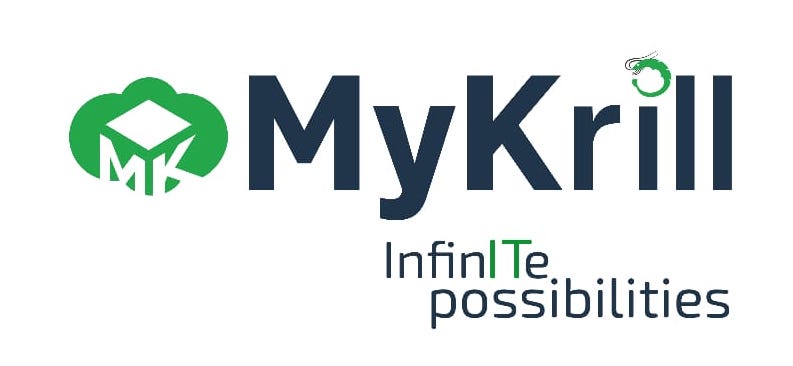In a world where all aspects of our lives are increasingly tweaked with the digital realm, it can be assumed that cybersecurity is important more than ever. Individuals produce a variety of details, like personal data and financial records, yet all of this is at risk as phishers are aimed to break cyber security defenses. Constant evolution of technology impacts on cybercriminals’ strategy, thereby making it crucial to run a security program pertaining to both persons and companies.
In MyKrill we know very well the absolute importance of cyber security playing for keeping your online realm safe. In this post, it’s all about cybersecurity, cyber threats popular in the digital era, and practical tips you have to follow to beef up your digital security.
The insight into the cybersecurity is to be viewed as a fundamental aspect.
Cybersecurity is a multifaceted technology, which refers to ways of keeping digital systems, networks and data safe from malicious operations by blocking unauthorized entities from gaining access, stealing and damaging information. However, along with the impressive tools and opportunities, the digital world also comes with an inevitable risk. Thereby, the stakes have never been higher than they are today due to the current fast growth of internet-connected devices and the essential role of digital platforms as messengers for communication, economic exchange and entertainment.
Cyber security breaches could lead to extensive damages that can impact the financial wellness, the privacy of people, organizations, and even countries. Many ordinary people who keep in their phones data of personal nature, and other firms tend to be very vulnerable to cyber threats too.
Common Cyber Threats
Cyber threats are of different types which fuels the intricacies that thwart cybersecurity practitioners as well as the ordinary human beings. Some of the most prevalent threats include:Some of the most prevalent threats include:
Malware: Malware made of the worst are the tools which they use to penetrate computer systems and harm them such as viruses, worms, ransomware, spyware.
Phishing: Even the most technologically savvy become victims of the phishing e-mails, fraudulent websites and messages that capture their sensitive data such as login credentials and financial details among the others.
Data Breaches: Exposure of the loopholes for not authorized access to private data could be in the form of personal records, credit card information, or intellectual property and usually can cause financial loss and damage to the brand’s reputation.
Distributed Denial of Service (DDoS) Attacks: Massive attacks of the network which are being used to attack and to flood the specific online site, and as the result, legitimate users have no access to this website.
Social Engineering: Fromhand threats such as spying, monitoring, as well as the exploitation of human psychology and the tricking of individuals into giving out delicate data or engaging in acts that are not authorized.

Proactive Cybersecurity Measures
While the evolving nature of cyber threats presents ongoing challenges, there are proactive steps individuals and organizations can take to enhance their cybersecurity posture:While the evolving nature of cyber threats presents ongoing challenges, there are proactive steps individuals and organizations can take to enhance their cybersecurity posture:
Install and Update Security Software: By using tried and tested antivirus, anti-malware and firewall software you will be in a safer position also to counter threats that are both estimated and novel. In this case, keep these programs well-defended at an all times level against current cyber threats.
Enable Multi-Factor Authentication (MFA): Include a second layer of security by introducing different verification types, e.g. password and one-time-code sent to an active phone of a user, allowing to complete sensitive actions or data request.
Educate and Train Users: Educate the employees, the ones close to them or logically office neighbours about cybersecurity best practices like recognizing phishing attacks, creating strong passwords, and keeping sensitive information secure.
Regularly Back Up Data: Give an additional measure to prevent data loss from system failures or general cyber attacks by keeping the important files and data copies in the offline storage sites that are secure. In case that files of ransomware attack or hardware failure occurs, creation of backups remains a most effective tool to stop downtime and avoid data loss.
Stay Informed About Emerging Threats: Stay updated about the ongoing cybersecurity threats, vulnerabilities, and good practices by regularly browsing through credible online sources, attending specialized cybersecurity conferences/webinars, and participating in cybersecurity training or workshops.
Implement Security Policies and Procedures: Determine the overall security ideas and procedures for your organization or household to enforce the way in which sensitive data is handled, stored, and transmitted. Establish strong access controls like issuing unique passwords to users and regular audits to ensure they are adhering to the security policy.
Conclusion
In the light of latest advancements, cybersecurity has turned into an something no business can do without. A cyber-security framework would be created by implementing measures that prioritize cyber hygiene and taking steps that proactively defend against cyber threats. That way organisations and individuals can protect their data from being stolen during a cyber attack.
At MyKrill, our aim is to drive the change towards an e-safety culture, by enabling our customers with the right understanding and resources for secure internet behavior. Through cybersecurity culture building encouraging resilience and collective efforts, let’s build a safe and secure digital world for all.

